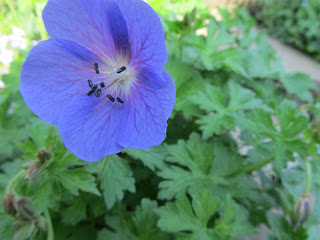I have a love of quotes and literature surrounding my passion for wildlife photography. Ones I have recently admired go as follows:
‘A woodland in full color is awesome as a forest fire, in magnitude at least, but a single tree is like a dancing tongue of flame to warm the heart.’
‘And the day came when the risk to remain tight in a bud was more painful than the risk it took to blossom. ‘
But one that held my imagination was by Emily Dickinson:
‘How strange that nature does not knock, and yet does not intrude!’
I found this statement very thought provoking and intriguing. I pondered it for a moment to draw my own conclusions.
I believe it states that nature is all around us and sometimes we don’t take the time to welcome it or acknowledge it. It is always present to be admired but is not thrust upon us. Few appreciate natures full capacity of wonderment.
Taking ideas from this quote I decided to open my eyes to the nature under my nose.
On campus there is a wide variety of animal and plant life. We have many different habitats for the enjoyment of both students and wildlife. The Walled Garden hosts extended species of flora and fauna as well as wider open fields, woodlands and buildings that create more habitats.
I have recorded a list of species of fauna I have seen at the beginning of June.
Fox – Performance Centre
Rabbits – In front of Peter Lanyon Building
Badger – Path to the estate
Blue tits – Walled Garden
Great Tits - Walled Garden
Coal Tits - Walled Garden
Long tailed Tits - Walled Garden
Spotted Woodpecker - Walled Garden
Squirrels - Walled Garden
Swallows – Nesting Outside k4
Goldfinches - Walled Garden
Blackbirds - Outside k4
Sparrows - Outside k4
This list is just a few species seen in just one day. I then decided to record what I could find at night. Below are some of the images I photographed with a Nikon D300s and sp900 flash guns x3. I began my search in front of the Peter Lanyon building aiming to photograph the foxes and rabbits that roamed in this area.
All images are copyright to Abbi Hughes!
Location: Tremough Campus
Date: 1st June 2011
Time: 10pm - 12pm
Weather: Night Time, soft winds, clear sky.
Map Reference: SW775345


































